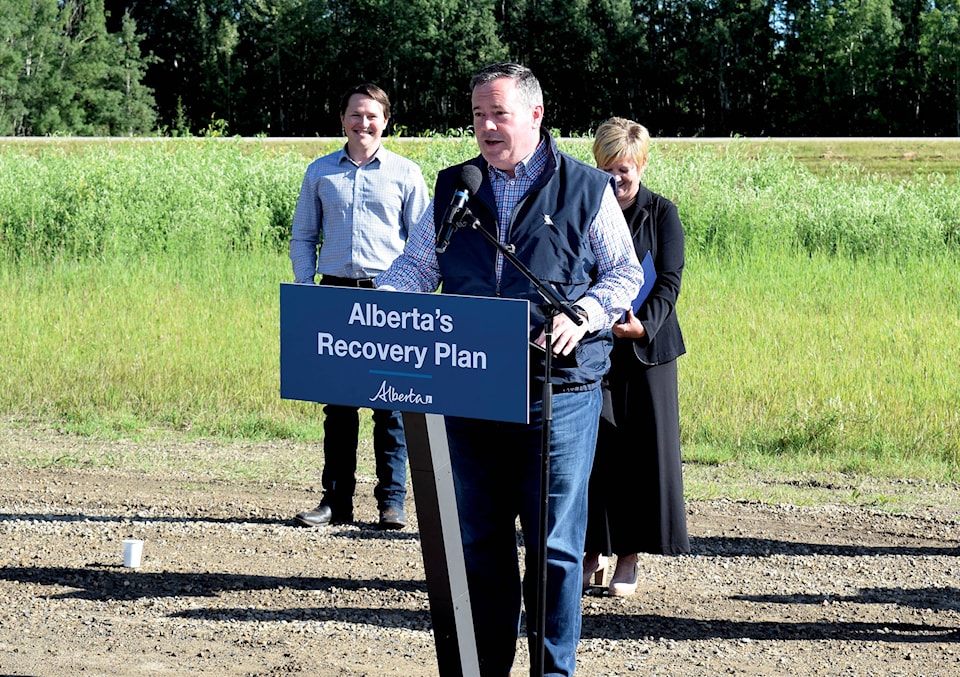As part of Alberta’s Recovery Plan, more than $1 million will enhance trails and infrastructure at Shunda (Fish) Lake, Big Horn Dam, Preachers Point, and the rail trail from Rocky Mountain House to Nordegg.
This investment will support up to 30 jobs during design and construction, and provide Albertans with upgraded trails across David Thompson Country, as they get out to explore these special areas, the province said in a release Wednesday evening.
The government said $660,000 will go towards the Clearwater Rail Trail Project Development and enhancement of the rail trail from Rocky Mountain House to Nordegg.
Another $200,000 will go towards Shunda (Fish) Lake by Nordegg for upgrades to non-motorized trails around the lake.
Funding is being provided from the 2020 provincial capital budget, which includes more than $43 million for provincial parks and public land infrastructure.
“The Town of Rocky Mountain House welcomes the province’s investment in our region. We look forward to the increased tourism opportunities this initiative will promote, said Tammy Burke, mayor, Town of Rocky Mountain House.
“Thank you to the Government of Alberta for recognizing the need for additional infrastructure in David Thompson Country. This will greatly enhance visitor experience.”
“Recreational infrastructure in David Thompson Country is an invaluable asset that provides extraordinary experiences and economic opportunities for visitors and residents,” said Tim Hoven, reeve, Clearwater County. “This investment supports the tireless work of local volunteers to improve trails and bolsters ongoing efforts by the county and our partners to enhance trail infrastructure throughout the region.”
Many provincial parks and public lands are seeing an all-time high number of visitors this summer, said the provincial government in a release.
